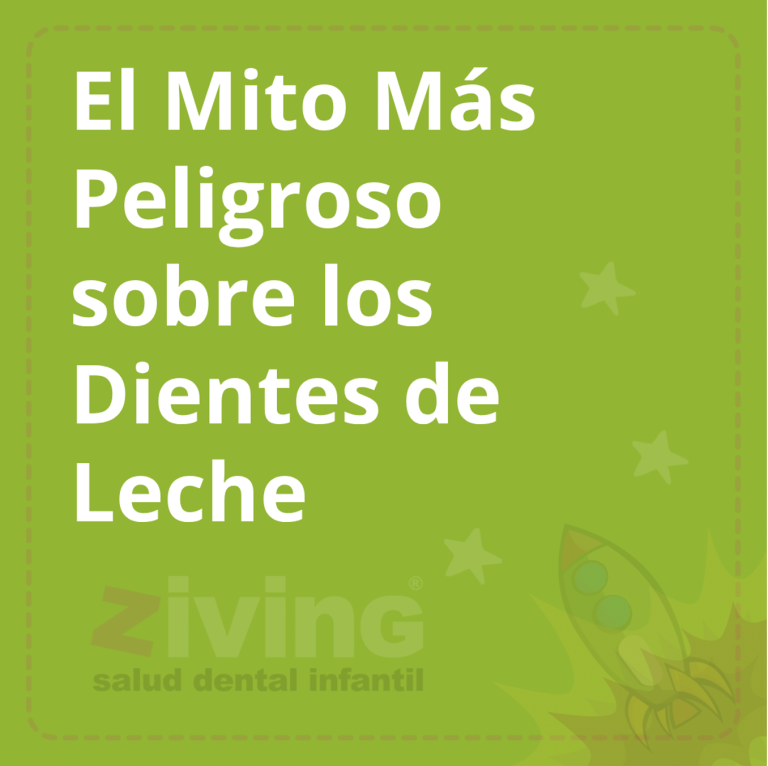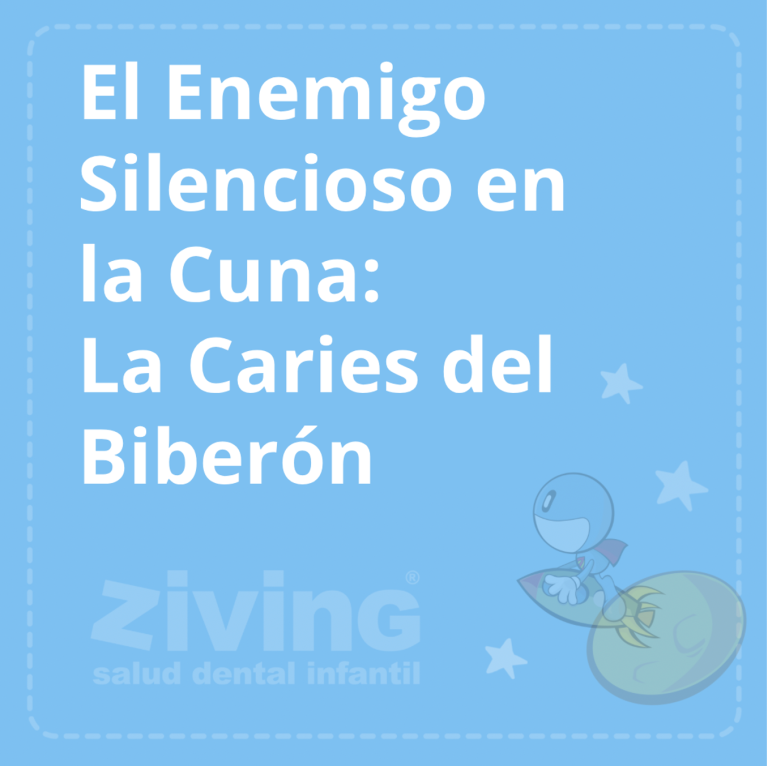Here in Spain celebrating Easter is one of the most famous traditions and followed by all, but do we know how our European neighbors celebrate it? We have collected several traditions that we have found curious and fun at the same time.
Germany
Streets, squares, gardens and balconies are decorated for the celebration. Giving Easter baskets is the main tradition; each child receives a basket containing not only eggs and chocolate, but also toys and other gifts. Other typical traditions are painting Easter eggs (Ostereier), Easter candles (Osterkerzen), the Easter walk (Osterspaziergang), making the famous and popular Easter lamb (Osterlamm) either roasted or as a cake. There is also the option of visiting some markets with typical Easter products. Good Friday (Karfreitag) and Good Monday (Ostermontag) are public holidays for everyone.
Hungary
Several curious traditions are practiced in Hungary on Easter Day. Painting Easter eggs is one of the oldest and still a fundamental part of this celebration today. Another tradition is called “Locsolkodás“, which consists of sprinkling the girls with water. Groups of boys with jugs of water, buckets, bottles, etc., go to visit the girls in their homes, and when they open the door they wet them. They also do so if they find any on the street. While watering them, they recite a poem to them, to get rid of it, the girl must offer him painted Easter eggs.
Traditional food on this date includes smoked boiled ham, horseradish, potato salad, hard-boiled eggs and Easter bread.
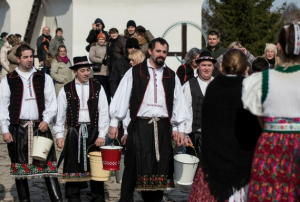
France
Easter in France is considered the most important Christian feast of the year . From Thursday to Holy Saturday, church bells are silent until the resurrection of Christ is announced in a peal of bells on Easter Sunday. A very popular gift are Easter eggs, the main protagonists in this holiday, along with a variety of sweets either in the form of bunnies, bells and chocolate fish, which as in many countries, children look for Easter eggs on Sunday morning.
Czech Republic
In addition to painted eggs, another Easter tradition in the Czech Republic is the making of the whip, a wicker rod braided with willow and adorned with colored ribbons. During this celebration, men go from house to house symbolically whipping women and girls with whips, as a belief of rejuvenation and beautification for the whole year. Typical foods include lamb and rabbit; “mazanec” (sweet round bread), “corderito” (sponge cake, sprinkled with powdered sugar), “judas” (braid or knot of dough that is painted with honey). On Easter Monday there is no shortage of egg dishes.
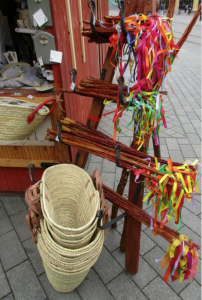
United Kingdom
In the United Kingdom, during Easter, you can enjoy the customs, folklore and traditional English food as at any time of the year in any destination management; since despite being public holidays many establishments decide to remain open. Among the main traditions are: the “Egg Roll” game, in which several children gather to roll down from the hills rolling decorated eggs. Another popular tradition is that of decorating chocolate eggs, in which several well-known chocolate brands hold events to make Easter eggs of various sizes and hide them in the city, where the participants who find them win them. Among other traditions is also the preparation of typical “Hot Cross Buns” which are sweet and spicy pastries with raisins, painted with a cross, served hot. On the other hand, food and drink festivals and horse tournaments are not to be missed.
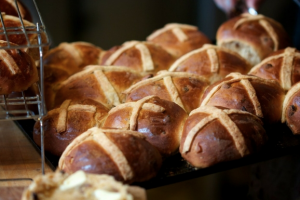
Italy
As in Spain, processions are a very distinctive tradition in several towns in Italy; especially the one that takes place in Rome, along with the papal mass that takes place in Vatican City from St. Peter’s Basilica. Another popular tradition is the fireworks and pyrotechnics show, such as the one held in Venice, in St. Mark’s Square. The egg, as in other parts of Europe, continues to be the protagonist in this celebration, symbolizing the beginning of life. It is used both in the practice of games and traditional dishes at Easter.

